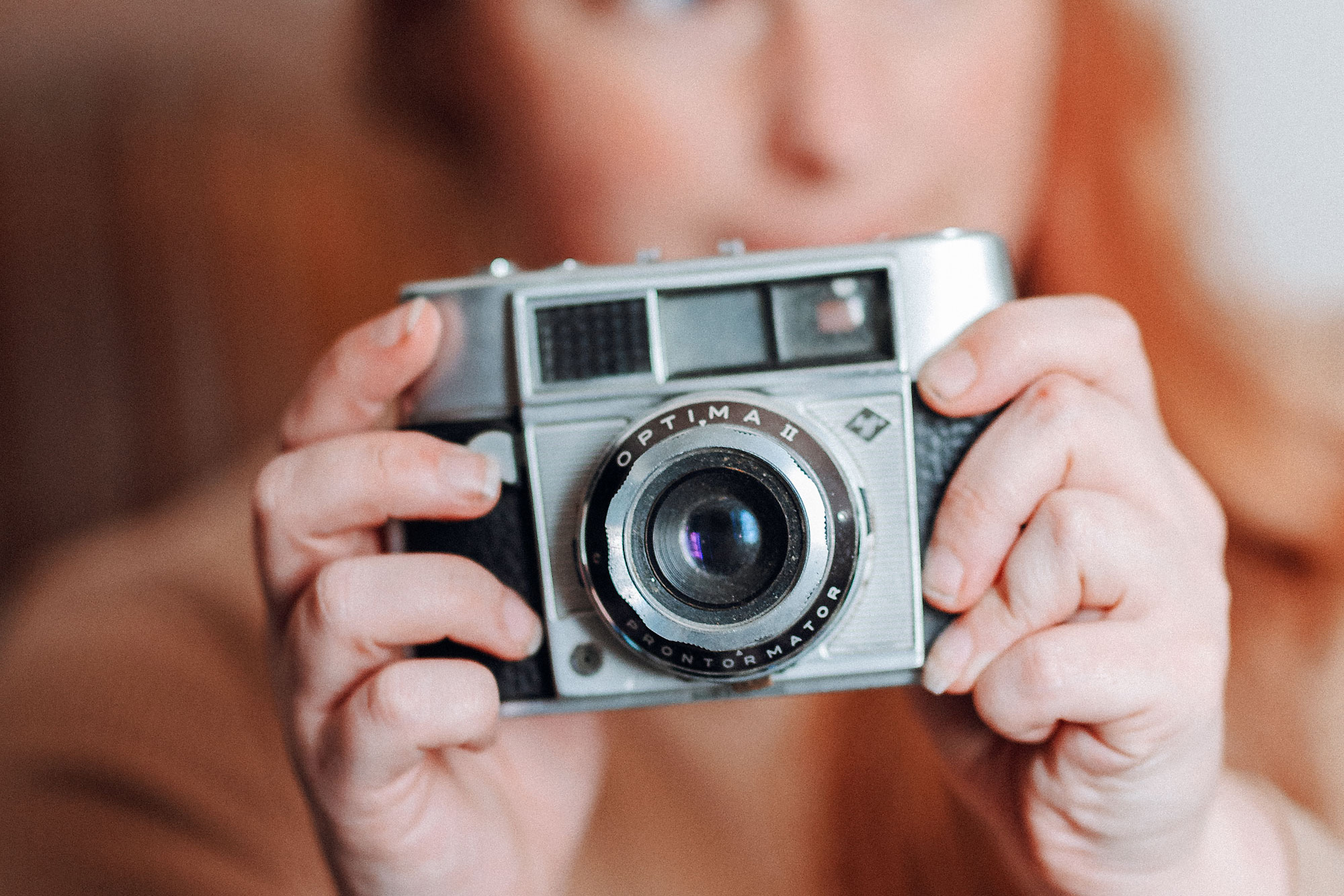
How many times have you looked at a selfie, or a photo, and gone - "ughhh that's not quite how I pictured it." Well, welcome to today's instalment of CLAIRE GIVES A REALLY BOLD STATEMENT ON HOW TO FIX THINGS. Even after shooting for over ten years, I still have this moment. And It sucks! This particular thought popped into my head the other day when I was feeling super adorable, but whatever reason, Instagram and I weren't talking very well to each other. I thought it was the filter - but no. It was me. I did one quick thing and I was much happier with the outcome. So what's this super quick tip on how to improve your photos?
MOVE YOUR BUTT.



We'll be using my phone pictures for this post as I wanted to show it's certainly applicable to all camera types, not just the expensive ones.
I can hear you audible blinking at me through your screen. That's fine, be sceptical. "But that's super obvious" I hear you say, and for the most part, it is. However, people still don't do it. If we do a quick throwback to high school science, we'll remember that light is directional. Even if it's super yucky outside. Even if there's clouds and you can't see the sun (overcast) - the light is still coming in one way or another. As you can see in the photos below, I shot these with no visible sun (it was actually just before sunset).
How to Improve your Photos? Don't be lazy
Let's have a closer look at the different lighting.
Whilst these ones above aren't inherently bad (and in fact, I still really like them!) You can see that the lighting focus is primarily coming from my rooms lightbulb, and not outside. It's creating the yellow/warm colour cast that you can see on my face. Sometimes this is the look you're going for, but colour casts can be frustrating to get rid.
You can also see still some catchlights, but you can also tell my lack of sleep in the under-eye part.
Lighting Can Drastically Change the Feeling of Your Photos
Now, I'm not a professional model, but like everyone else out there - I enjoy taking ridiculous amounts of selfies hence the below photos. What I did was stand as close as I could to diffused natural light. Diffused light means that it's going through something - in this case, a window, and also later the sheer curtain. (Window light also happens to be my favourite light to shoot with.) You can see there's a little sliver of light in the first photo in my irises. That's called a catch light - and also a good way of working out where your light is if you're doing portraits.
No catch light = dead eyes.
I'm also on a 45-degree angle, rather than completely flat onto the window. Unfortunately, whilst my skin tone looks a bit nicer, these are still pretty flat.
Direct Diffused Light = A Good Time
These final photos were taken directly in front of my window but taken a step back. You can see that the filtered light is evenly distributed, with got a bit of a punch with the colours and contrast and still have those catchlights in the eyes. (It's also much more in focus!) I personally love these ones the best because they're what I was trying to achieve in my selfies for the night (yay!). They're also truest to colour for my hair, skin tone and obnoxious lipstick colour. The downside was that background is still yellow, which is a cause of the lightbulb giving off that hue.



To show the exact positioning, here's a pullback of my shooting space.
In the first set of photos, I was standing next to the computer. For the second - near the bookshelves. And for the final ones - I was directly in the middle, and slightly back from the window. For the space of less of a metre and a half, this can be a dramatic difference in how your photos come out.
Ready for one more example?
Improve Your Photos: Daylight Edition
Alright one more example using daylight. It's just gone 11am, and in the following shots I literally have not moved. I'm sitting on the chair you can see in the above photo, and I've just swivelled on four 90 degree angles to show how much of a dramatic difference that this can make.




Arguably the first two photos are the best out of the four. Can they still be improved? Absolutely. I could've moved slightly over and may have had more even lighting - but for our intents and purposes today dear reader - hopefully they show just how quick and easy it is to improve your photos.
If you've enjoyed this - maybe you'll like to take on a photography challenge or see my much more professional photos of a cute dog or how to become a photographer.
- Wrap Up -
Fingers crossed this five-second lesson on how to improve your photos is enough to give you some new inspiration, even if it's just a little bit! It's such an easy photography tip to know and can give you a whole different feel to your photos with minimal effort. Are you struggling with something photography related? Let me know in the comments below and I'll be happy to look into answering it for you in another blog post!
















